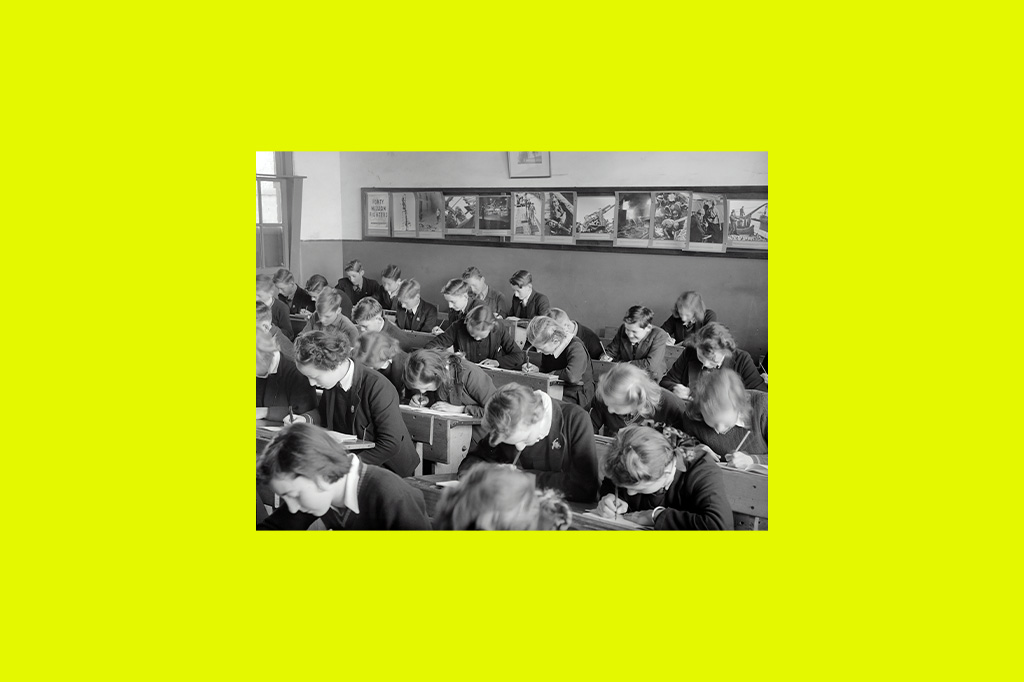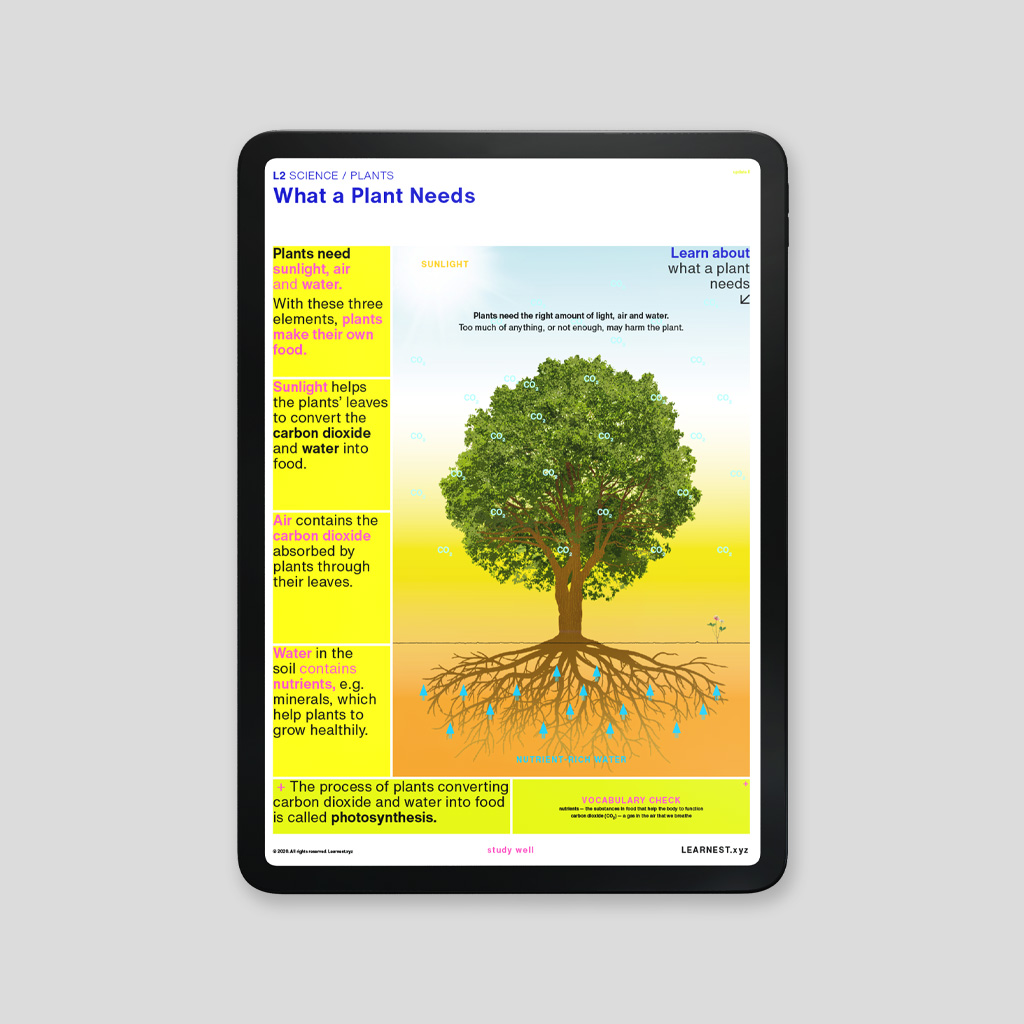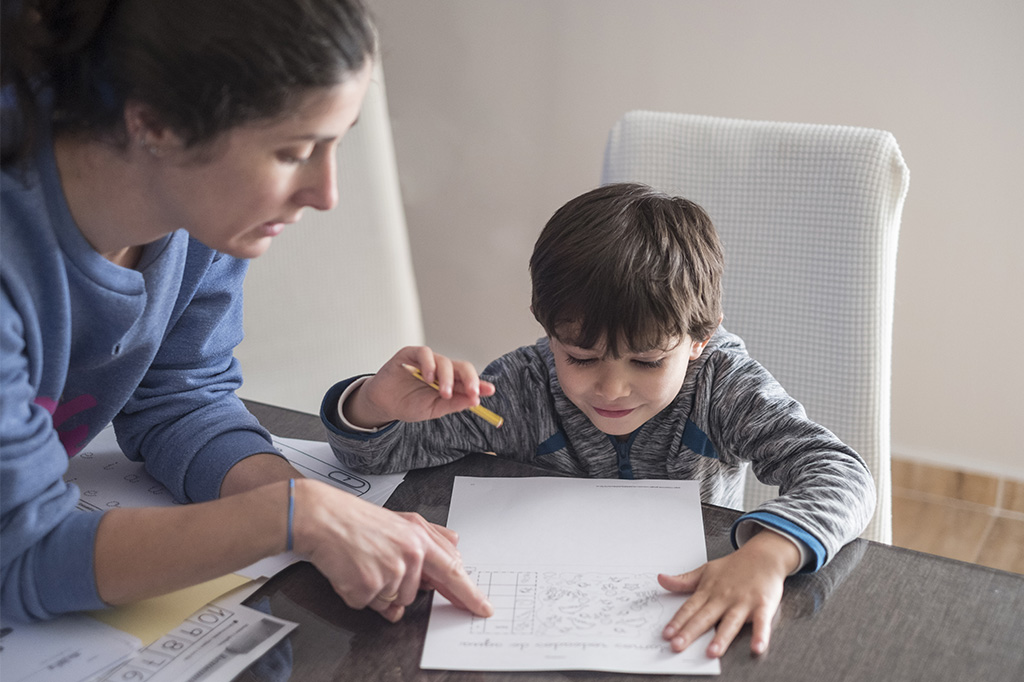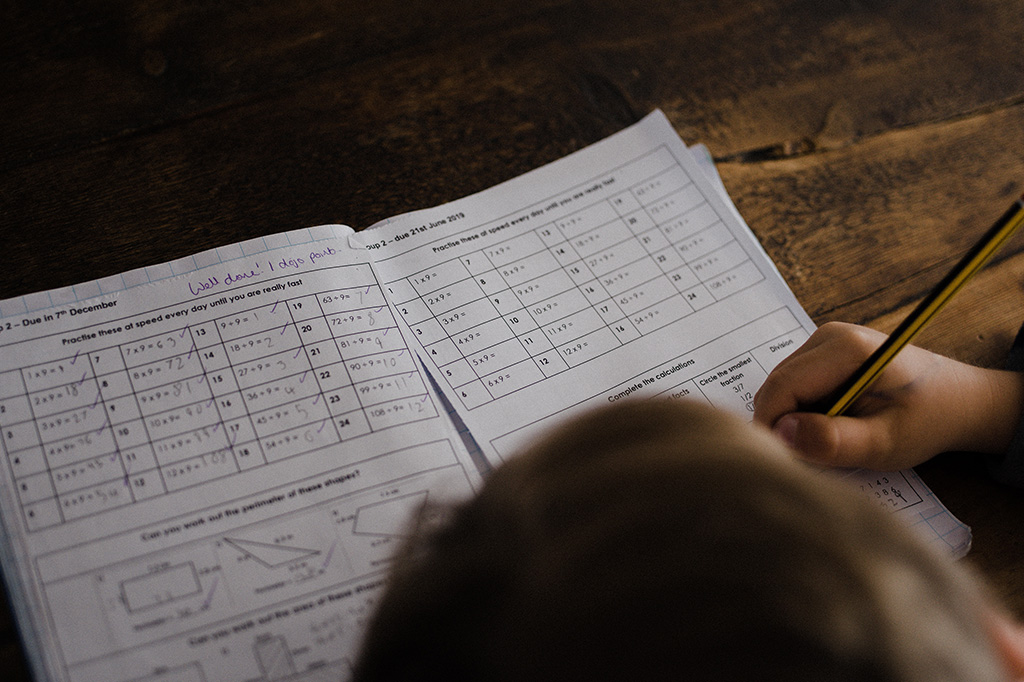Does Every Child Understand the Lessons at School

⏱️ 7 min read
Making the comparison
In most classrooms, there is a mixture of the students’ ability levels. Some may ace through a class when a new topic is introduced, whereas others might be dazzled by a new phrase or topic and switch off immediately.
So, where do differences like these come from?

Explaining the comparison
One of the major factors dividing student achievements is the familiarity to the topic they are learning. In other words, some students are aware of the topic, others know some things about the topic, and some may be entirely new to the topic and its vocabulary. For example, in year 3, a teacher may pose the following question to the students:
What do plants need to survive and grow healthily?
Just from this question alone, each child’s level of understanding reveals itself. Here’s how different children might answer it:
No.1
Plants need water to grow.
No.2
Plants need water, air, light and warmth to grow.
No.3
Plants need water, air, light, warmth and nutrients to grow.
No.4
Plants need water, carbon dioxide, light, warmth and nutrients to grow.
No.5
Plants need water, carbon dioxide, light, warmth and nutrients to grow. With sunlight, they turn water and carbon dioxide into energy.
No.6
Plants need water, carbon dioxide, light, warmth and nutrients to grow. With sunlight, they turn water and carbon dioxide into energy. This is called photosynthesis.

How the students compare
A student who has some idea of how plants grow could name some of the five requirements (like child No.1 and No.2). They may have helped their parent water a plant in the garden before—which in itself is an important experience to link learning into the world around them.
However, plants need more than just water to grow. One of the trickier elements to remember is nutrients. Unlike air, water or light, it is a term children do not often come across in their daily life. Thus, they need to learn these new words consciously.
Those who take the time to learn these words could successfully list all five elements (No.3). Moreover, if they had absorbed that plants actually need carbon dioxide from the air, they can give a more specific answer (No.4).
Still, these students may not necessarily be confident when listing these elements. This is because they may not fully understand why they are required for a plant’s growth. In other words, they might simply be memorising them as a list of words.
Another student (No.5) could elaborate on their answer by thinking about the difference between plants and animals. They understand that water, carbon dioxide and light is needed for a plant to create energy, unlike animals who eat food and breathe in oxygen.
By properly understanding the topic, the student can truly grasp the terminology to describe this process—i.e. photosynthesis (No.6).
No comparison
In the above example, the latter students (No.5–6) could even extend the topic and ask further questions, such as “How do plants use these elements to create energy?”. Such posers would motivate them to learn more about the subject, like the structure of leaves where photosynthesis takes place.
A firmer understanding gives young students a sense of self-assurance—deriving only from their new-found knowledge. This motivates them to take up challenges, cultivating their curiosity at a higher level, a step beyond others.
When these students come home, they do not sit in front of the television or seek out distractions from homework. Rather, their genuine interest is more likely focussed on homework itself. They are more likely to try to solve the question they have in their mind. And they would do so by reading more, asking questions, gathering information and building up knowledge.
Once new knowledge is obtained and settled in these students’ brains, they seek out further challenges. Such challenges would probably extend beyond the national curriculum level—driving their positive spiral of learning upwards.
A study in Iranian primary schools revealed that there is a strong relationship between the students’ levels of self-esteem (confidence) and their academic achievements.
Firstly, 200 students (100 boys, 100 girls, aged between 7–10) responded to a questionnaire about their personality traits. The questionnaires measured their degrees of extraversion/introversion, mind stability/anxiety and socialisation. The researchers then put the scores together to determine the students’ levels of self-esteem. Finally, the scores were compared with their academic achievements over two terms.
As a result, they found positive correlation between the students’ self-esteem level and their overall achievements. That is, children’s confidence significantly influences how well they perform in schools.

Developing a good habit
To build and maintain the momentum of studying, it is vital for children to have the chance to thoroughly understand what they learn at school. And the key is to gain—or regain—the good habit of learning, taking learning step by step. This requires some homework.
First, for a young learner to truly understand a topic, they need enough time to digest it. Quietness helps, and discussion, with you maybe, also aids their understanding. Additionally, they need a place to study regularly. Whether it is a chair and a desk next to their bed or something else, there should be a designated space for study. A notebook to write down thoughts and new vocabulary becomes a very useful tool for some students, but not all. And a digital device to display materials has become essential but it needn’t be the latest gismo by any means—not to view Learnest’s materials, that is.
In addition, any topic needs to be broken down into its smaller parts. This makes it easier for a student to begin, and build up more information from there. In this way, they have the best chance to absorb the knowledge—they begin ‘knowing’, rather than memorising.
A consistency to their learning routine will help them to settle and concentrate and resist the usual distractions. This in turn becomes habitual.

If scoring higher is important to you
A good learning habit is essential to scoring high marks in tests. The deeper the child’s understanding is, the better they can apply the knowledge in exam questions.
For all Primary students, the basic body of study would include school lessons and the homework set by the teacher. Yet, those who wish to score higher than average would have the impetus to re-explore what they have learned. That is, attending school lessons does not necessarily mean they have fully covered a topic, let alone
truly understood it.
Learnest’s L1, L2 and L3 materials support the young learners’ objectives to catch up on or revise the topics covered by the UK national curriculums. With each topic explained in a step-by-step cell system with accessible language, learners can absorb the key points at their own pace for a deeper overall understanding.
Moreover, we consciously select all vocabulary to be beneficial to the learner, to increase the capacity of their mental dictionary. And as their curiosity expands beyond the classroom, our L+ materials feed their appetite for extended knowledge beyond the curriculums.
Designed to facilitate and encourage the children to re-visit the materials from their device, we have ensured that young learners have the best opportunity to familiarise themselves with what they are taught at school. We are here to provide a stimulating, rewarding learning experience for any child to grasp the lessons of school, and ultimately aim higher.
Posted 28 April 2021
Authored by Asano Katashima
Edited by Elliot Paine
2021 © All Rights Reserved. Learnest.xyz